In Ghana, a person’s secondary school often serves as an unspoken résumé, a shorthand for social standing that can unlock opportunities, especially if it’s a well-known institution.
This phenomenon appears to be etched into the very design of the country’s educational institutions.
This forms the core of a new body of research by Dr. Kuukuwa Manful, an assistant professor of architecture at the Taubman College of Architecture and Urban Planning, University of Michigan in Ann Arbor, United States.
In two papers published in August and a forthcoming book, tentatively titled The Architecture of Education, Dr. Manful examines how some Ghanaian schools—born amid the brutality of colonial forts and refined through waves of post-independence ambition—have not only crafted Ghana’s national identity but also continued deep-seated divisions of class, gender, and power.
Dr. Manful’s work reframes nation-building as a grassroots endeavor, one constructed literally through the labor of communities erecting school buildings.
“Usually, when we talk about nation building… it’s really seen as a very top-down elite-led process,” she said in an online interview with The Labari Journal.
“Through my research, I find out that in Ghana, local leaders and communities are literally building their nation through building of schools.”
Yet these same spaces, she argues, instruct students in the art of social hierarchy.
“Through these school spaces is how we teach and learn how to differentiate ourselves along class lines, but also gender and other things,” Dr. Manful explained.
How It All Started
The origins trace back to the 15th century, when Ghana’s first school was established within Elmina Castle, a Portuguese fortress that traded in enslaved people.
The Portuguese monarch declared it a vehicle for delivering “civilization and Christianity to those they saw as the heathens in Africa.”
Similar institutions spread in forts across West Africa, functioning less as places of learning than as instruments of control: the sons of local leaders were held hostage and educated to align with European interests.
“These are the first schools,” Dr. Manful noted, “and then over time we get to a second phase of schools.”
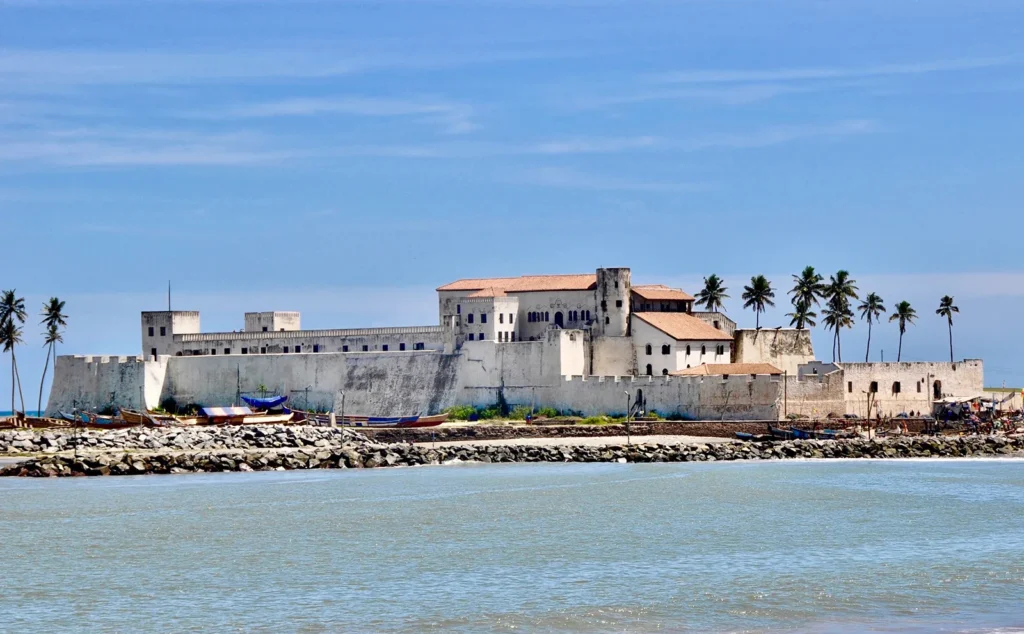
From these confines emerged an early African elite, figures like Philip Quaque, the first African ordained as an Anglican minister, who served as chaplain at Cape Coast Castle.
Quaque’s story exemplifies the alienation of this class: He described his own family as “avaricious… Blacks” and used interpreters because he allegedly feigned ignorance of his native Fante language.
“He saw himself as better than them,” Dr. Manful said. “And they also didn’t like him or trust him because he had become this different person… But the white people certainly don’t like you either. Like, why is this African man thinking he’s better than he is?”
This position, however, revealed education’s transformative potential in the colonial economy: literacy and linguistic fluency conferred wealth and influence.
By the late 19th century, this elite had reached a high point, with barristers such as John Mensah Sarbah returning from institutions such as Oxford, Cambridge, and Lincoln’s Inn.
Yet, they were also confronted with racial barriers. “You go and you qualify as a barrister at the time where many white people in Britain are not qualifying as barristers,” Dr. Manful observed.
After those experiences, some of them decided to channel their frustrations into institution-building back in Ghana.
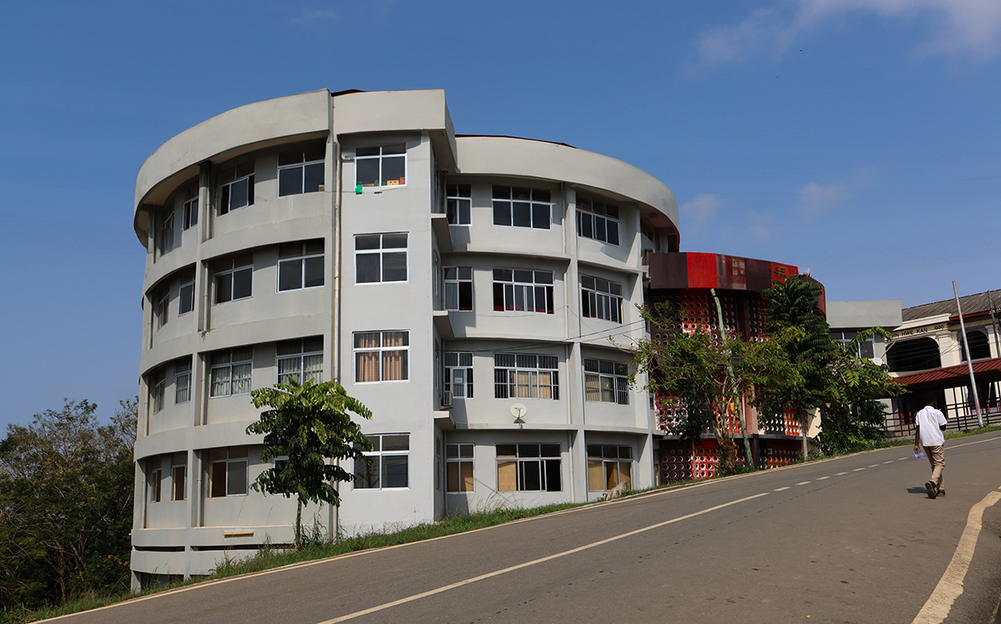
Schools like Mfantsipim, founded in 1876, embodied this combination of European formality and African aspiration.
Its founders selected a hilltop site “removed from the local community,” blending Oxbridge-inspired architecture with what they deemed the “high ideals of being African.”
Institutions such as Wesley Girls’ School and Achimota School also had distinct founding visions with similar approaches of integrating their architecture with pedagogy.
Transition to Modernism
Ghana’s independence in 1957 ushered in a modernist era. British architects Jane Drew and Maxwell Fry were commissioned to design more than 16 secondary schools and post-secondary institutions. Their designs, characterized by clean lines and forward-looking forms, rejected colonial architecture.
Kwame Nkrumah, the nation’s first president, embraced this aesthetic, viewing it as a means to reject both British imperialism and what he perceived as retrograde elements of African tradition.
“He wanted to reject the British colonial tradition. He also wanted to reject what he thought of as the negative aspects of African tradition,” Dr. Manful said. “So modernism was perfect for him.”
Under Nkrumah’s socialist vision, secondary school enrollment exploded—from 11 institutions before his tenure to 105 by 1966.
“If anyone really pushed educational expansion in the country, it was Nkrumah,” she emphasized. “People who had access that would not have had access before, it was through this Nkrumah project.”
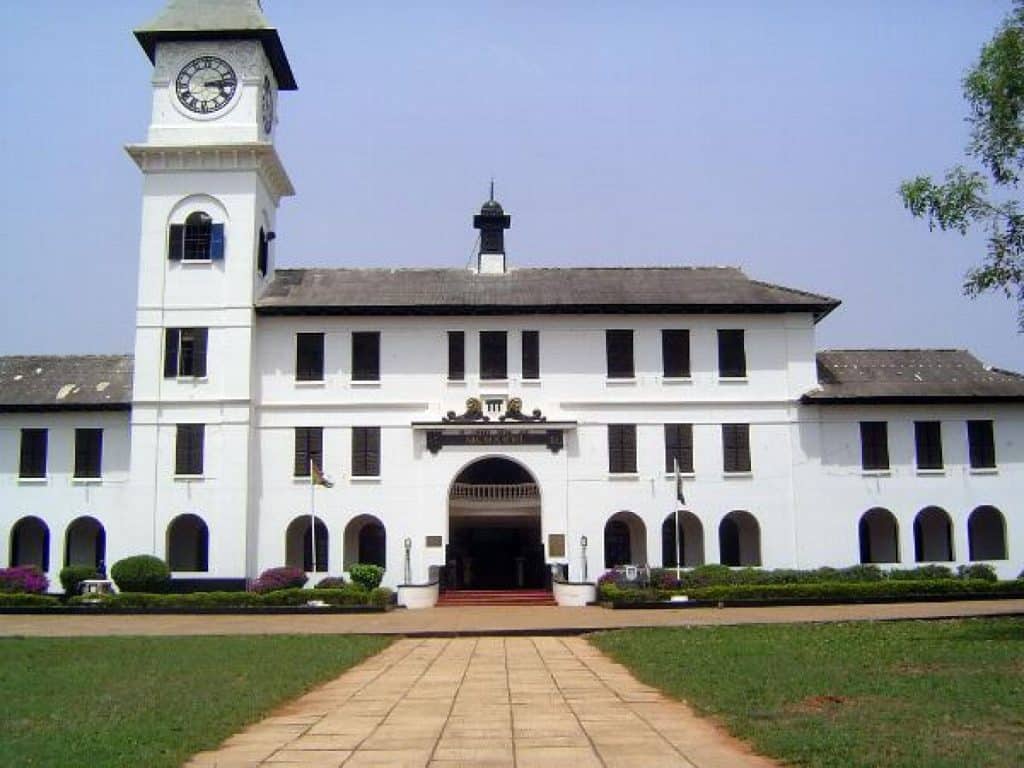
This expansion, however, amplified existing inequities. Newer schools adopted simplified modernist-inspired templates like standardized dining halls and classrooms funded by the Ghana Education Trust.
Meanwhile, established schools benefited from alumni networks and historical endowments. “One has a hundred years head start over the other,” Dr. Manful pointed out.
Achimota, for instance, originated as a colonial response to Mfantsipim’s budding nationalism, designed to cultivate loyal administrators rather than revolutionaries.
How School Designs Influenced Gender Dynamics and Classism
Gender dynamics were equally embedded in schools. In coeducational schools like Kpando Secondary, girls’ dormitories were isolated and surveilled, reflecting broader anxieties about female sexuality.
“There’s this thinking you see in a lot of how the schools are laid out. They were really trying to control the sexuality of the girls,” Dr. Manful said.
Such arrangements discouraged extracurricular study for girls, who risked severe repercussions for venturing out after hours.
“To be seen outside your dorm at night as a girl, you’re getting into way more trouble,” she quoted from her interviews with students. The result: a sense of isolation that sometimes hindered academic performance.
Even single-sex schools like Wesley Girls’ prioritized layouts “to protect their girls.”
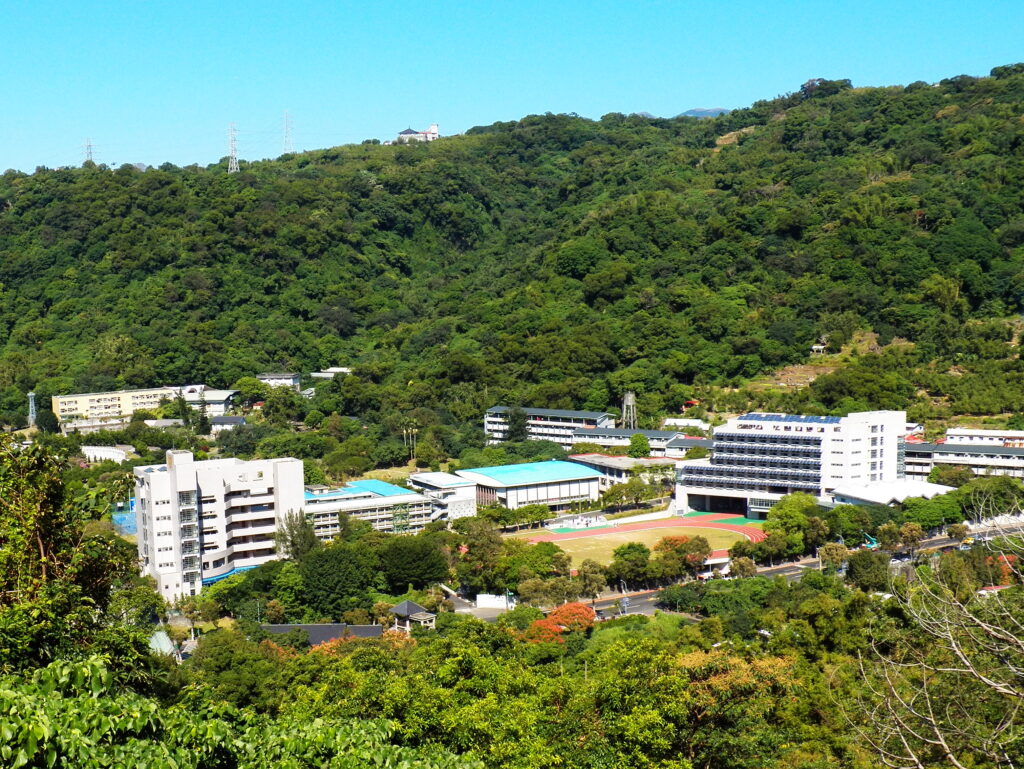
These spatial cues extend into Ghanaian society at large.
The “high table” in dining halls fosters deference to authority, while competitive mealtime scrambles—known as “rushes“—mirror resource battles in politics and beyond.
“It’s almost like a fight over resources,” Dr. Manful reflected.
Her interviews with school alumni also revealed an internalization of disparity: Students in under-resourced facilities viewed their circumstances not as injustice, but as motivation.
“If my school looked this way, I would feel more important in my country or cared for by my country,” one former student told Dr Manful.
To her surprise, resentment for poor facilities amongst students was scarce; instead, a cultural ethos of perseverance prevailed.
“There was rarely any sense I got from them that this was unfair. It was like very much ‘this is how things are‘,” Dr. Manful recounted of her interviews.
“For some, it just meant they have to work hard and make it so they can also go to [better schools]“.
In a society where secondary school alumni networks define middle-class gradations, these experiences solidify status.
“When we all don’t have money, how do we show that we are better than other people? One of the ways is: What secondary school did you go to?” Dr. Manful stated.
Free Senior High School Policy Could Have Been Implemented Better
According to Dr. Manful, Ghana’s Free Senior High School (Free SHS) policy—introduced in September 2017—was a well-intentioned but flawed initiative that amplified existing educational inequalities.
She describes it as “such a great idea executed poorly,” questioning its universal application in a Ghanaian society.
“Should we have free SHS for everyone when we have such an unequal society?” she pondered.
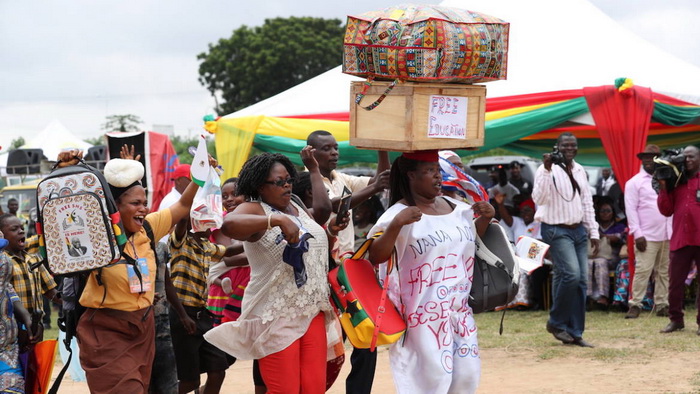
Dr. Manful began her research in 2018, shortly after the policy’s rollout, allowing her to observe its early impacts.
On the positive side, she highlights some of its transformative access: In conversations with parents and students in various communities, many expressed that “I would not have gone to secondary school. I would not be in this school without [Free SHS].”
However, she emphasizes severe implementation challenges. Schools became overcrowded, with students “sleeping on trunks on the veranda of the dorms.”
Even “elite schools” faced shortages, struggling for basic furniture—contrasting sharply with luxuries like “a new ultra-modern sports pitch.”
Head teachers, she notes, were reluctant to voice concerns, fearing political repercussions: “You talk and then it’s like you’re trying to wade into politics. You can get targeted.“
Dr. Manful uses Free SHS as an example of broader resource misallocation, urging a more equitable approach: “Imagine if we could properly channel some of these resources. This enthusiasm we have around building and expanding schools, could be more targeted to equip the places that need it the most.”
Her critique ties into her upcoming book’s themes, advocating research-driven policies to address disparities rather than blanket expansions.
Looking Forward
On whether Ghana should focus on how it designs up-and-coming schools to be more inclusive, Dr. Manful doesn’t advocate for radical redesigns. She deems it futile given humanity’s innate hierarchies.
“Human beings will always find a way to differentiate themselves… and make themselves superior to others,” she said.
Instead, she says there should be improved allocation of resources. Schools like Bolga-Sherigu Senior High, lacking basic sanitation facilities, warrant priority over well-endowed peers.
She hopes to liaise with the Ministry of Education and district assemblies to operationalize her findings.
“Imagine how much better our work could be if we brought in a research approach,” she said.





